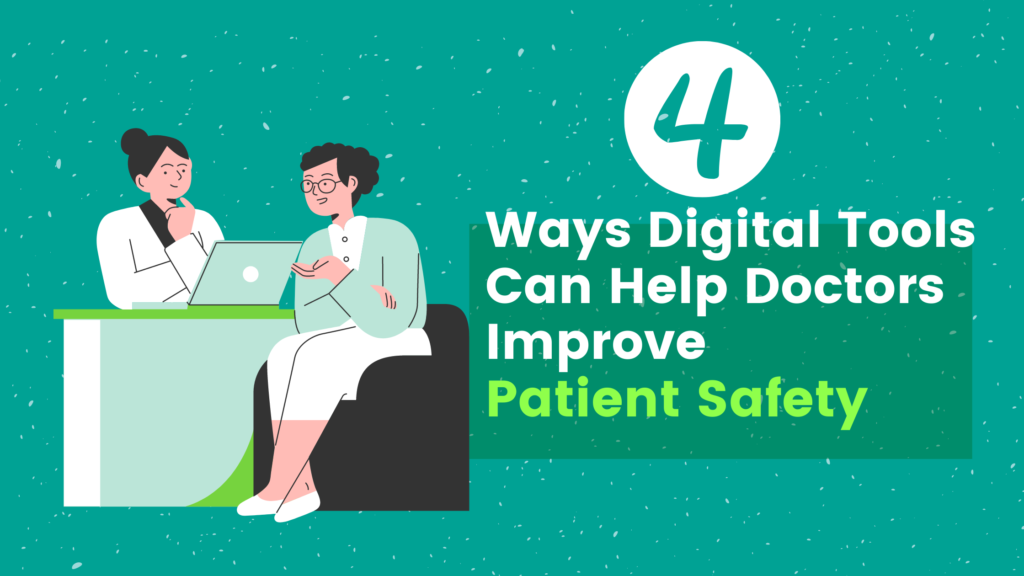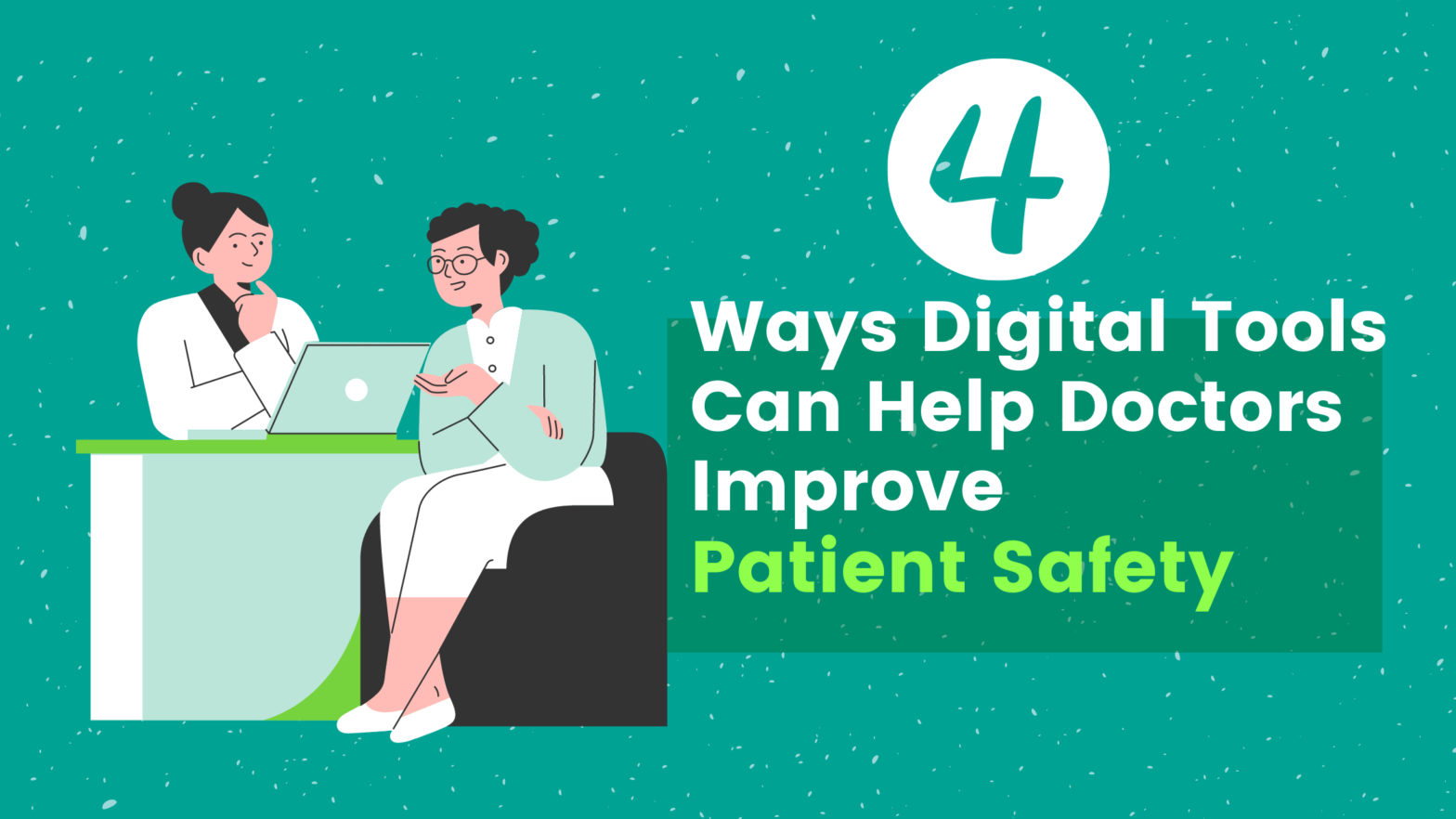
Recent years have seen the healthcare industry taking steps towards going digital, with patient health records shifting online and an increasing number of practices investing heavily in clinic software.
Unfortunately, many are slow to adopt and implement these digital strategies. A 2018 survey found that only seven percent of healthcare and pharmaceutical organizations had gone digital – a figure that lies in stark contrast to the 15 percent of companies in other industries.
This reluctance to embrace digitization has trickled down to thousands of hospitals and private practices across the globe, which means that countless patients and medical professionals are missing out on the advantages that digital tools bring to the table.
With that, here are four different ways digital tools can help improve patient safety.
1. Reduces the Risk of Human Error in Prescriptions
Among the most common medical errors involve prescriptions – doctors can accidentally fill-up the forms incorrectly while pharmacies are at risk of misreading or misunderstanding what has been written down. In the United States alone, a 2006 study found that out of 900 recorded medication errors in children, nearly 30 percent were due to prescription errors.
However, integrating digital tools into a clinic system will help prevent such mistakes from happening. In addition to electronic prescriptions being much easier to read, some programs are also capable of giving alerts or flags based on predefined rules.
2. Gives Structure to Healthcare
Unfortunately, many people tend to forget about their appointments, especially ones that were arranged far in advance. Not only does this potentially jeopardize their health or medical treatment, but it also has a huge negative impact on their doctor’s agenda, resulting in consequences, like delayed consultations with other patients and wasted time for both the doctor and the patients.
Today, a slew of digital healthcare tools aim to eliminate these issues. Our HealthBlocks 360 has a nifty patient appointment scheduling tool that sends reminders to the clients about any upcoming doctor’s visits they might have. Additionally, it also optimizes a physician’s clinic hours and timetable, enabling them to add structure to their practice.
3. Enhances Access to Information
There’s a huge chance that patients will be seen by multiple doctors and specialists, which is why their medical records have to be up to date and easily accessible. If not, then they automatically become at risk of receiving incorrect or delayed treatment.
Thanks to digital tools, patient health records are now completely on the cloud, which means that they can be immediately retrieved by the different healthcare professionals who are involved in their care. Additionally, their doctors will also be able to gain an in-depth knowledge of their entire background, since several programs – including HealthBlocks 360 – feature instant access to the patient’s medical history. Because of this, only the best possible treatment and medication will be prescribed.
4. Expands the Reach Provided by a Practice
Even though we now have more hospitals and clinics today, there are still people – especially those living in rural or undeveloped areas – who lack easy access to healthcare, leaving their medical conditions undiagnosed and untreated.
To resolve this, widespread adoption of digital healthcare tools is needed, so that they can have access to doctors and physicians from the convenience of their own home. More importantly, this would allow outpatients, for whom travel is difficult or not recommended, to consult with their specialists without having to put their health and safety on the line.
* * * * *
While these are just some of the many ways that digital tools can help improve patient safety, it’s clear that embracing such technologies is a must in today’s world.
Besides increasing access to healthcare and medical treatments, using these software programs is bound to change the patient-doctor relationship for good, deepening trust, encouraging transparency, and fostering a sense of partnership.

